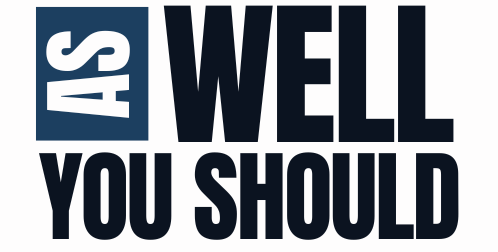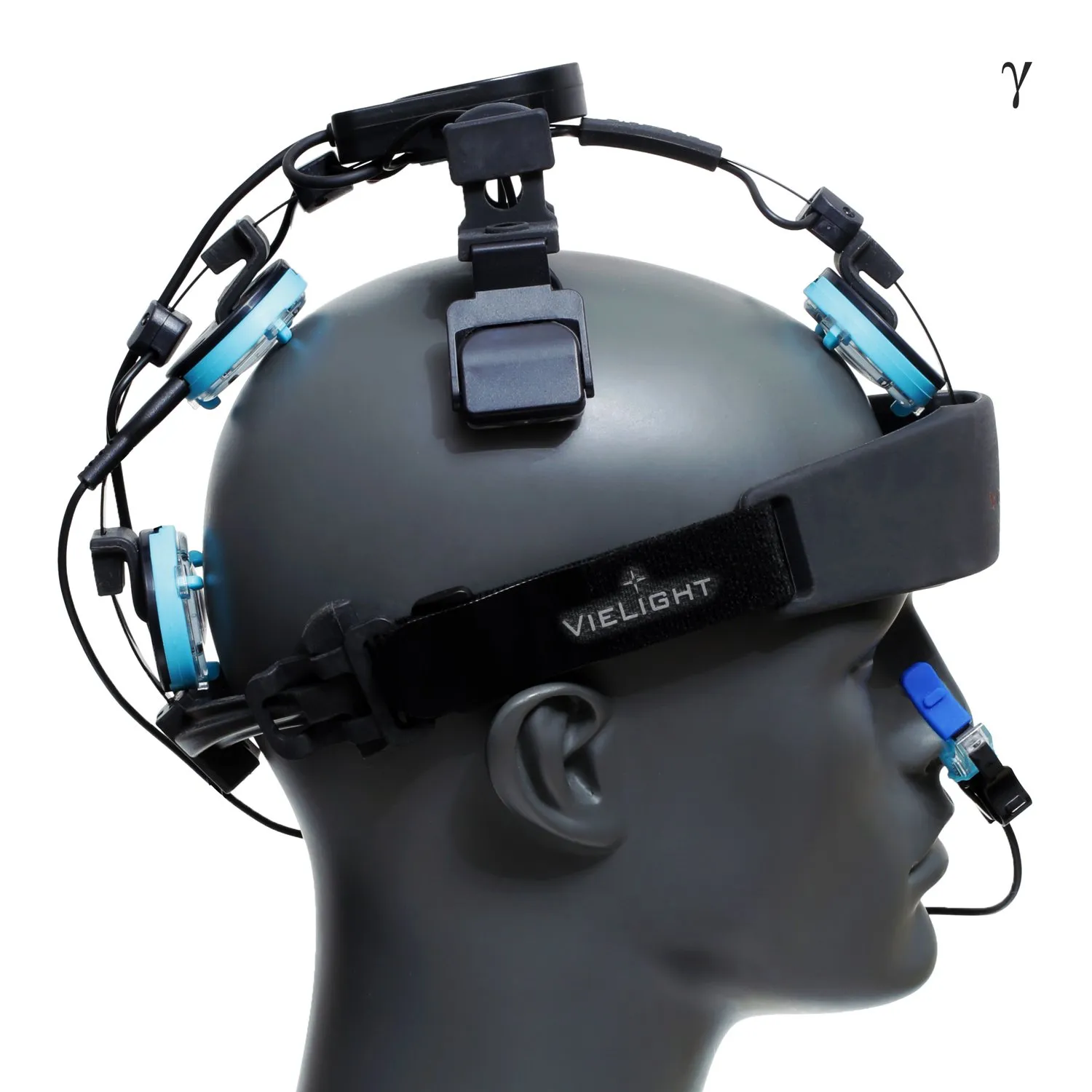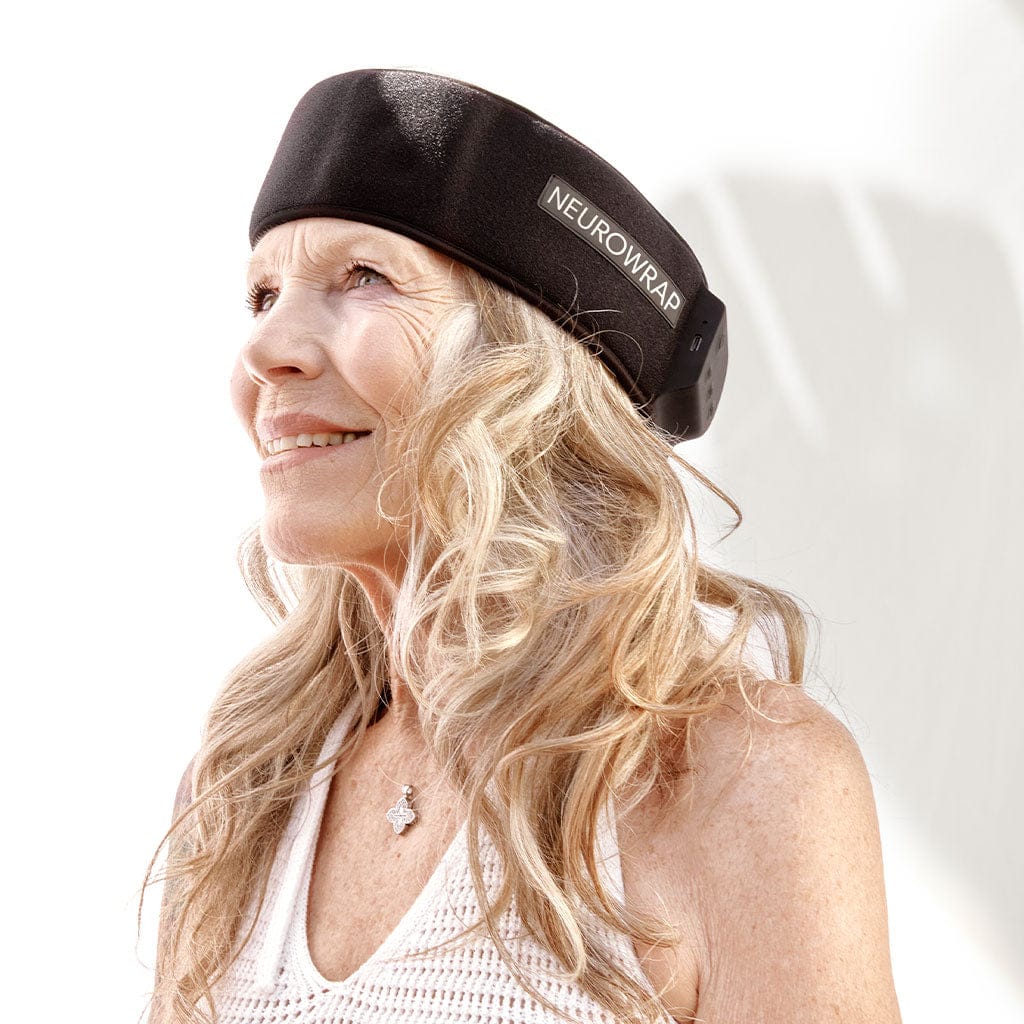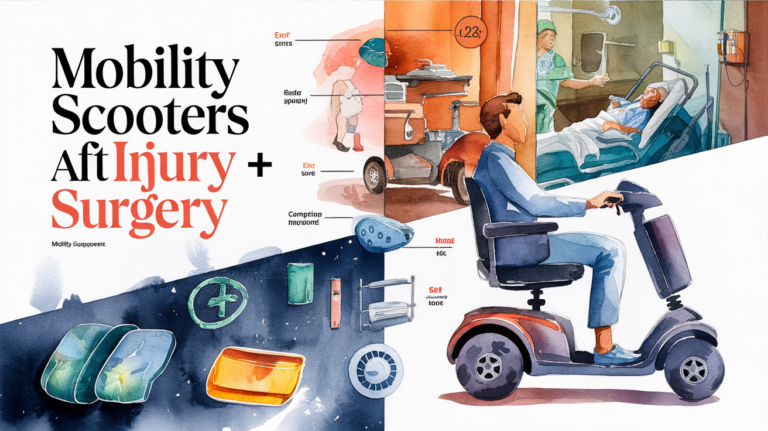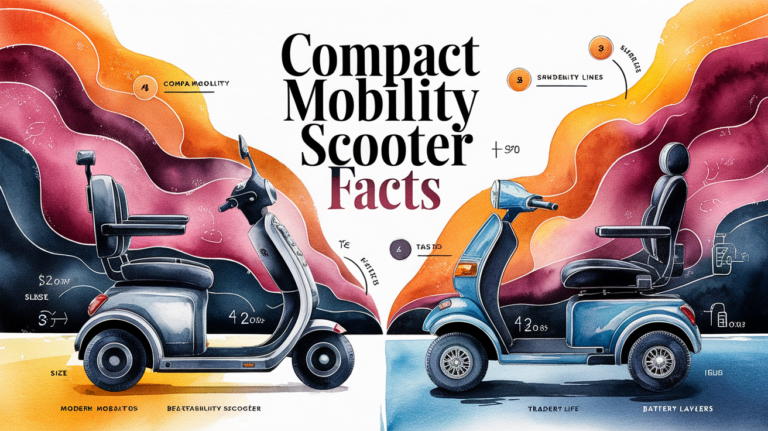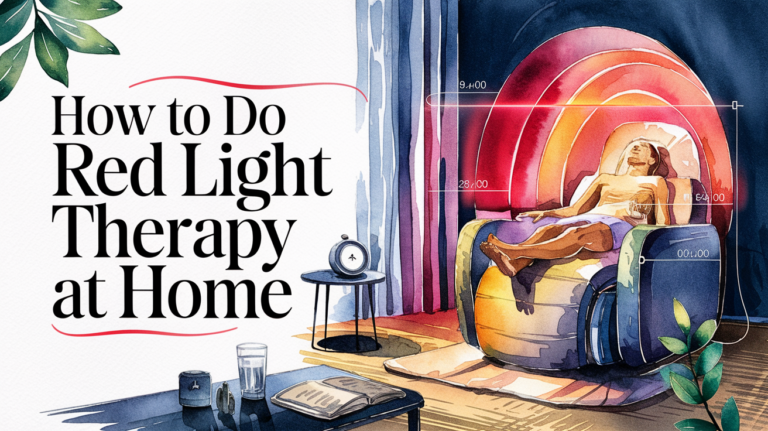Best Red Light Therapy for Dementia Devices in 2025 (Science-Based)
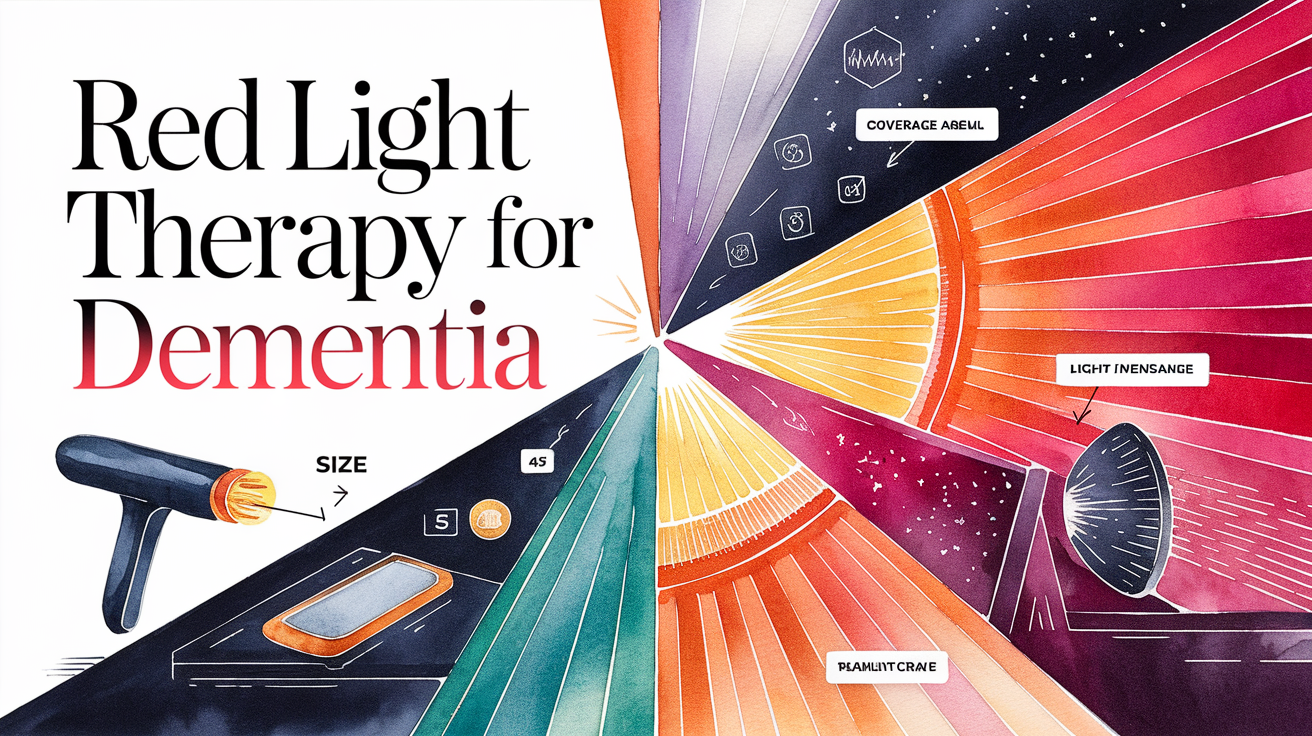
- Modular design delivers laser-like irradiance with the safety of LEDs.
- Medical grade technology is used by everyday people, researchers, and elite athletes.
- Adjustable to target any brain area for personalized therapy.
- Bypasses hair and enables full contact for effective light delivery.
- The patented intranasal photobiomodulation technology delivers near-infrared energy through the nose to the underside of the brain.
- The Neuro Gamma 4 has 5 Vie-LED modules that emit pulsed 810nm near-infrared light at 40 Hz to stimulate brain cells without generating heat.
- Induces a more focused mental state because of its neuromodulating effect on Gamma brain waves.
- 20 minutes per session makes it easy to incorporate into a daily routine.
- May improve focus, memory, mental clarity, and brain energy.
- Offers a nasal gateway to the brain as the olfactory bulb is directly connected to the brain regions responsible for keeping long-term memories, and the ventromedial prefrontal cortex is vital for cognitive processes
- Backed by a 2-year warranty and 6-month return policy, providing peace of mind.
- The intranasal applicator allows the device to bypass the blood-brain barrier for direct access to brain tissue.
USE COUPON EMFCHANNEL FOR 10% OFF
- The NeuroPulse Pro integrates targeted light therapy and Pulsed Electromagnetic Field (PEMF) therapy.
- It helps manage and alleviate symptoms related to headaches.
- The device supports individuals experiencing insomnia.
- PEMF therapy promotes the regeneration of injured cells by enhancing enzyme kinetics and restoring cellular membrane polarization.
- It improves circulation and modifies neurochemical disturbances, leading to a more balanced hormonal and respiratory cell response.
- Red light therapy utilizes low-power red light wavelengths that penetrate the skin without discomfort or heat, impacting cellular energy and various nervous system and metabolic processes.
- It may also improve mood and treat depression.
- The NeuroPulse Pro offers three distinct modes tailored to address a wide range of wellness needs, including cognitive wellness, emotional and sleep support, and physical comfort and neurological care.
- The device is designed to enhance cellular regeneration, improve sleep, and support brain health without discomfort or side effects.
- Some users have experienced more restful sleep, increased physical and mental energy, and improved productivity and brain function.
If you are dealing with Alzheimer’s, dementia, or another neurodegenerative disease, you know that any symptom relief is welcome. Light therapy has a significant effect on symptoms but is not mentioned on the news every night because it won’t make anyone rich.
But if we ever do get the word out about how much red light therapy helps with dementia symptoms, the pharmaceutical companies won’t hesitate to slander and “debunk” it.
Until I started researching the effects of photobiomodulation (red light therapy) on brain health, I didn’t know that lifestyle affected cognitive symptoms. Researcher Dr. Dale Bredesen identified and scientifically studied lifestyle, exposure, and imbalance issues to find that we have more control over brain illness symptoms than we’ve been led to believe.
His book The End of Alzheimer’s suggests multiple causes of Alzheimer’s disease, including:
- Insulin resistance
- Chronic inflammation
- Vitamin deficiency
- Hormonal imbalance
- Eoxin exposure
- Chronic infection
- Impaired gut health
- Poor sleep
- Lack of physical exercise
Bredesen approaches Alzheimer’s from all of these angles. He advocates for the ketogenic diet, exercise, Metformin, omega-3 fatty acids, sleep, stress management, and avoiding toxins.
Dr. Bredesen also prescribes photobiomodulation (red light therapy) to forestall and prevent dementia.

The best red light therapy for dementia uses red and infrared light pulsed at 40 Hz. The best lamps for dementia press the light to the head because skin contact is essential for light penetration. Here are the best red light therapy lamps for dementia patients.
Table: Nushape Neuropulse and Vielight Neuro Features
Best Red Light Therapy Lamps for Dementia
Nushape Neuropulse PRO Overview
The Neuropulse matches the specifications used in scientific trials that showed significant reductions in symptoms of dementia and brain injury, similar to the more expensive Vielight Neuro Duo.

However, unlike the Vielight, the Neuropulse itself has not undergone scientific testing to validate its effectiveness directly.
The Neuropulse employs 810 nm infrared light and offers 10 Hz and 40 Hz pulsation settings to stimulate the brain. It aims to improve energy production, blood flow, and neuron firing rates, which benefit brain healing and cognitive function.
Priced at less than $1,000, the Neuropulse offers a more affordable alternative to the Vielight Neuro, which costs over $2,000. The price difference is attributed to the scientific evidence backing the Vielight’s effectiveness, which the Neuropulse lacks. Nushape offers a 30-day return period with no restocking fee, encouraging users to try the device and observe results within this timeframe.

Nushape Neuropulse PRO Key Benefits
- Clears brain fog
- Reduces depression and anxiety
- Improved emotions
- Decreased anxiety and depression
- Better sleep
Nushape Neuropulse PRO Pros and Cons

My Take

The Neuropulse is a comfortable version of the Vielight Neuro Duo. It uses 10 Hz and 40 Hz pulsation of 810 nm infrared light, the parameters used in multiple successful Vielight studies. Unlike the Vielight, however, the Neuropulse has not been discussed in published papers. However, it is significantly less expensive and more comfortable.
Vielight Neuro Gamma Overview
The Vielight Neuro Gamma is a cutting-edge device designed to support cognitive health and has been particularly recommended for those seeking to reduce symptoms of dementia. Vielight is now recommending the Gamma for dementia symptom reduction.

This device stands out for its unique 40 Hz gamma pulsation, a frequency that has been scientifically linked with increased gamma brainwave activity. These gamma brainwaves are crucial in memory and attention functions, and their enhancement can significantly improve dementia symptoms.
The 40 Hz pulsation not only promotes brainwave activity but also plays an essential role in triggering the activity of microglia. Once activated, Microglia are the brain’s maintenance cells that help clear out neural debris and plaques that often accumulate in dementia cases. Thus, by stimulating microglial cleanup activity, the Vielight Neuro Gamma is thought to alleviate the burden of stocked waste products in the brain.
The device is non-invasive, easy to use, and can be integrated into a home-based care plan.

Vielight Neuro Gamma Key Benefits
- Multiple successful studies
- Reduction in dementia diagnosis scores
- Results start in one to 4 weeks
- Decreased anxiety and depression
- Better sleep
- Portable
- Non-invasive
- No side effects
Vielight Neuro Gamma Pros and Cons

My Take

Those with dementia will probably find the greatest relief with Neuro Gamma. It is less expensive than the Duo and is the best choice for dementia therapy at a lower cost. Significantly positive results in Neuro Gamma studies are superior to any pharmaceutical intervention.
What Is Red Light Therapy for Dementia?
In my opinion, the most fascinating research on red light therapy is in the studies related to the brain. Studies have shown that light can penetrate through barriers to reach the brain.
However, even if the light doesn’t reach the brain, it still reaches the stem cells in the skull, and the blood travels through both the head and body. The results of these studies are particularly exciting in the fields of brain injury and dementia. Case studies show that even severe dementia responds well to red light therapy sessions.

Science-Backed Brain Therapy
You should know that the wavelengths and pulsations used in the tested devices are confirmed, but several other wavelengths and pulse patterns will probably work. Science is ongoing to prove the variables that work.
How to Choose a Device
When Vielight first tested the Alpha technology, they found that it sometimes worked better for brain injury. In the case report of a professional hockey player (with countless concussions), that subject got headaches using the Gamma technology and faired better (and improved) using Alpha technology.
However, experience outside the laboratory has shown that the Gamma technology works well for many subjects with brain injuries. So, the distinction between “Gamma for Dementia” and “Alpha for Brain Injury” is not a solid rule. Instead, it is a precautionary division based on clinical experience.
We can confidently say that a dementia case will probably do best with Neuro Gamma, and a brain injury case will probably do best with Neuro Alpha. But we can also state with confidence that some dementia cases will also benefit from Alpha technology, and some brain injury cases whole will also benefit from Gamma technology.
How to Get the Biggest Return on Investment
You can cover all possibilities with the Neuro Duo and the Nushape Neuropulse PRO. These devices offer Alpha and Gamma patterns, allowing you to switch between the two. Whether you should get a Vielight Neuro Duo or the Nushape Neuropulse PRO, the difference between them is science and price.
The Difference Between Brands
The Vielight devices have faired exceptionally well in multiple case studies and trials. The Nushape emulates the Neuro Duo’s wavelengths and pulsation but puts the technology in a comfortable wrap rather than a slightly less comfortable headset. If I were shopping for my mom, and money was tight, I would get the most technology for the money by buying the Nushape Neuropulse PRO.

But if money were not the driving factor in my decision, I would get the Vielight Neuro Duo. I would consider the symptoms to narrow it down to a Gamma or an Alpha. If my mother had dementia involving insomnia, depression, and low affect (no emotion), I would get the Vielight Neuro Gamma.
Then again, if she had delirium and sundowning with high anxiety, I would get the Neuro Alpha. A decision-making process like this makes the Neuro Duo and Nushape Neuropulse compelling. Rather than guessing which will work better, you can test both types of therapy.
